After 21 years of living with severe epileptic seizures, a patient in Hanoi has had a miraculous turning point, opening up hope for many people with difficult-to-treat epilepsy.
After 21 years of living with severe epileptic seizures, a patient in Hanoi has had a miraculous turning point, opening up hope for many people with difficult-to-treat epilepsy.
Mr. Tran Tien D., 21 years old, Hanoi, was born by cesarean section, unfortunately suffered amniotic fluid suffocation when he was born. This caused brain damage and made him suffer from epilepsy from the very first days of his life.
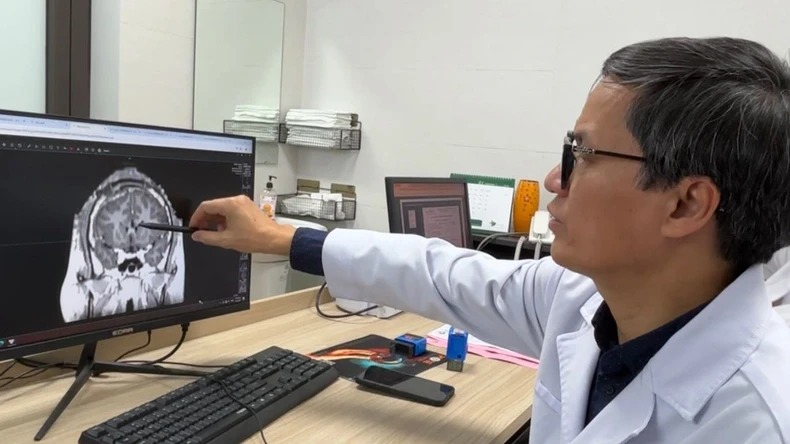 |
| Associate Professor, Dr. Dong Van He, President of Vietnam Neurosurgery Association. |
For the past 21 years, Mr. D. has been living in the throes of severe epileptic seizures, which not only affect his health but also cause him to lose many opportunities in life. His epileptic seizures occur continuously, sometimes up to 50-100 seizures per day, sometimes lasting up to 2 hours.
Not only was he tormented by seizures, Mr. D. also suffered from injuries to his own body due to his inability to control his actions.
His head was deformed, and his constant seizures prevented him from studying like his peers. For a long time, his family took him to many medical facilities for examination and treatment, but all efforts did not bring positive results.
Finally, after a long journey searching for treatment opportunities, early this year, Mr. Dat was taken by his family to Viet Duc Friendship Hospital.
Here, he was received and examined by Associate Professor, Dr. Dong Van He, President of the Vietnam and ASEAN Neurosurgery Association, who has many years of experience in the field of neurosurgery. After consulting with domestic and foreign experts, the doctor decided to perform a complex surgery - removing the corpus callosum.
Corpus callosum surgery is a special technique to cut the nerve connecting the two hemispheres of the brain, helping to stop the spread of epileptic signals from one side to the other.
This method is often applied to epileptic patients when drug treatments are no longer effective. Previously, patient D. had epilepsy that spread to both hemispheres of the brain, making treatment very difficult.
Associate Professor, Dr. Dong Van He shared that this is a special surgery because the patient has epileptic seizures spreading to both hemispheres. Cutting the corpus callosum helps stop the transmission of epileptic signals from one side to the other, thereby reducing the number and intensity of epileptic seizures.
After the successful surgery, the results far exceeded expectations. From a severe epileptic condition with hundreds of seizures per day, Mr. D. has reduced the number of seizures by 90%, to only 3-4 seizures per day.
Although he still needs to continue taking supportive medication, this change has opened up a brighter future for him. His family could not hide their joy, especially his father, Mr. Tran Van T., who was moved to share, “We have gone everywhere, but nowhere has helped my child improve. Now, my child only has a few small seizures a day, which is truly a miracle.”
The success of this surgery not only brought new hope to Mr. D. but also opened up treatment opportunities for patients with severe epilepsy who do not respond to traditional treatments. Although corpus callosum surgery cannot completely cure epilepsy, it has helped alleviate symptoms and improve the patient's quality of life.
Associate Professor, Dr. Dong Van He emphasized that each successful surgery is a testament to the tireless efforts in researching and applying advanced medical methods. This is a major step forward in the field of neurosurgery, bringing hope to patients with difficult-to-treat epilepsy.
Mr. D's story has inspired and been a great source of encouragement for families facing epilepsy, a difficult disease to cure, but with the advancement of medicine, everything can change.
Source: https://baodautu.vn/ky-tich-phau-thuat-giam-90-con-dong-kinh-sau-21-nam-kho-so-d241312.html




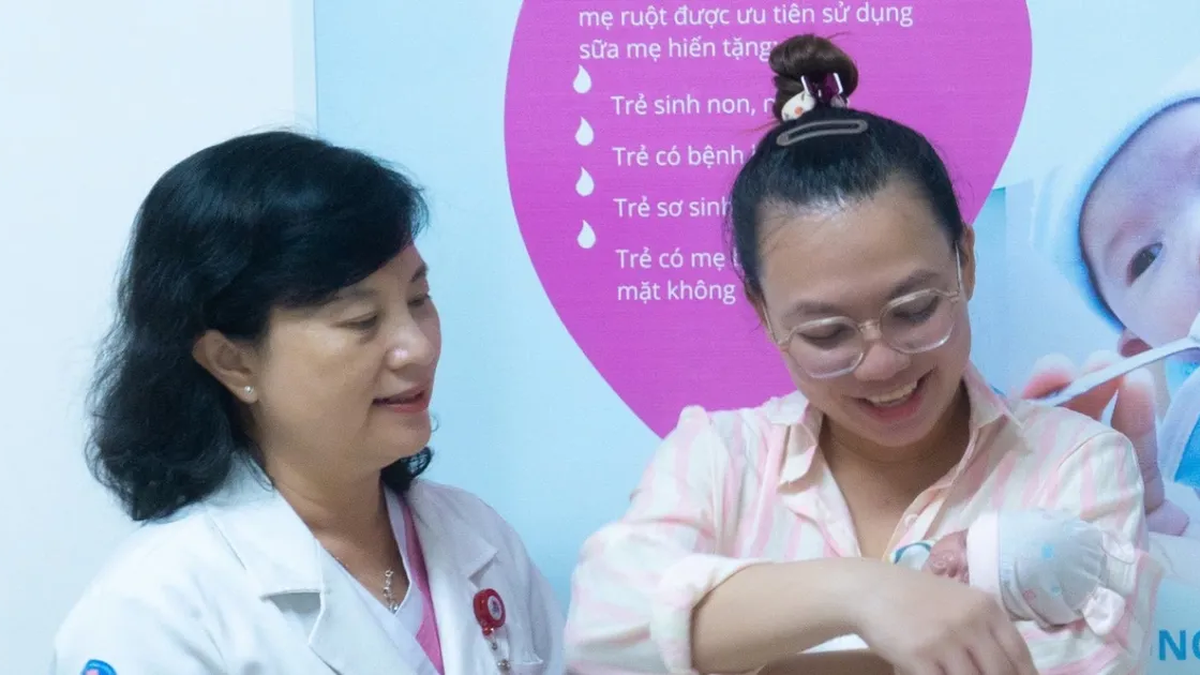
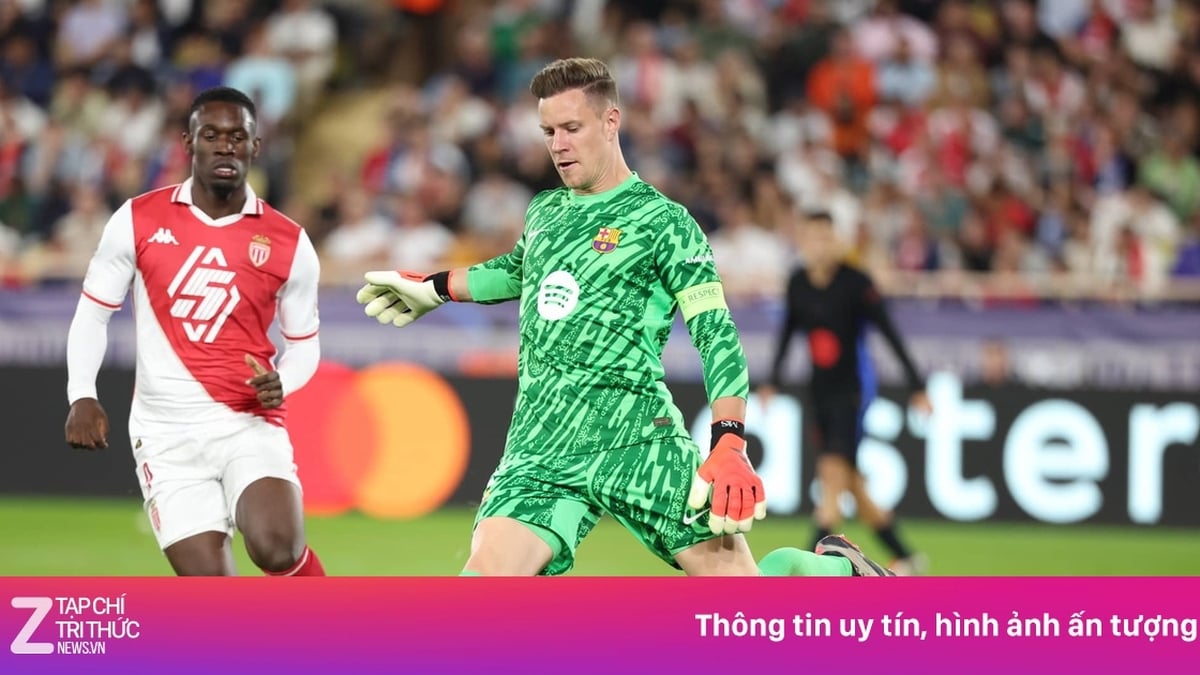
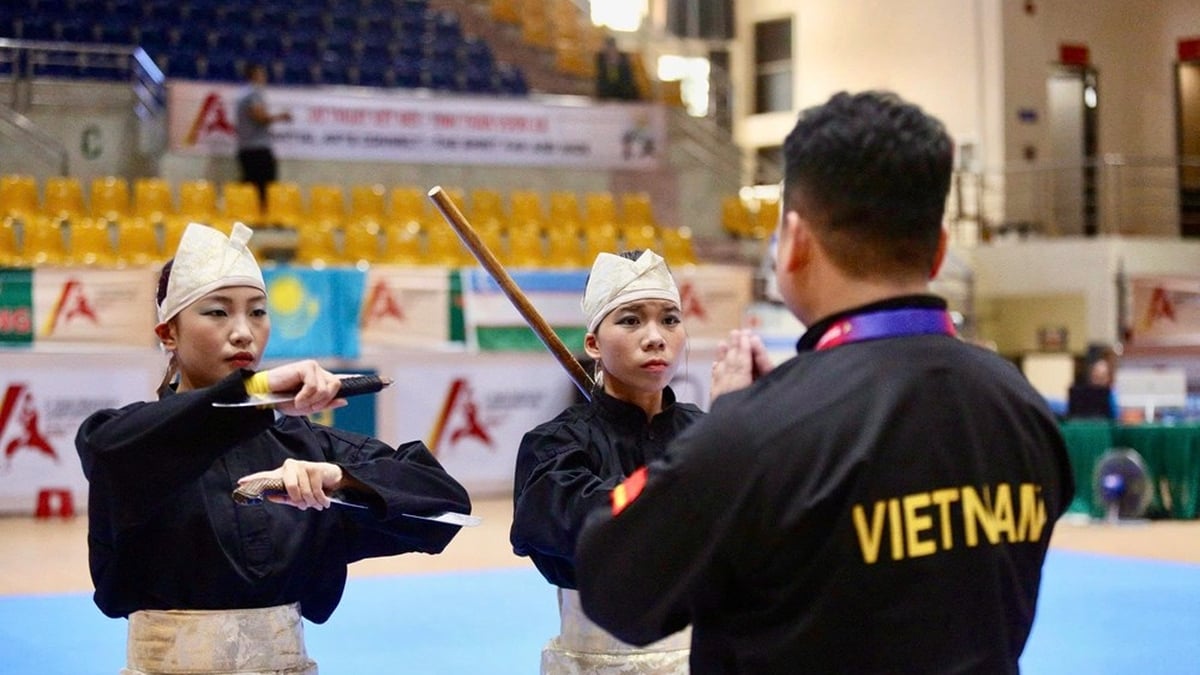

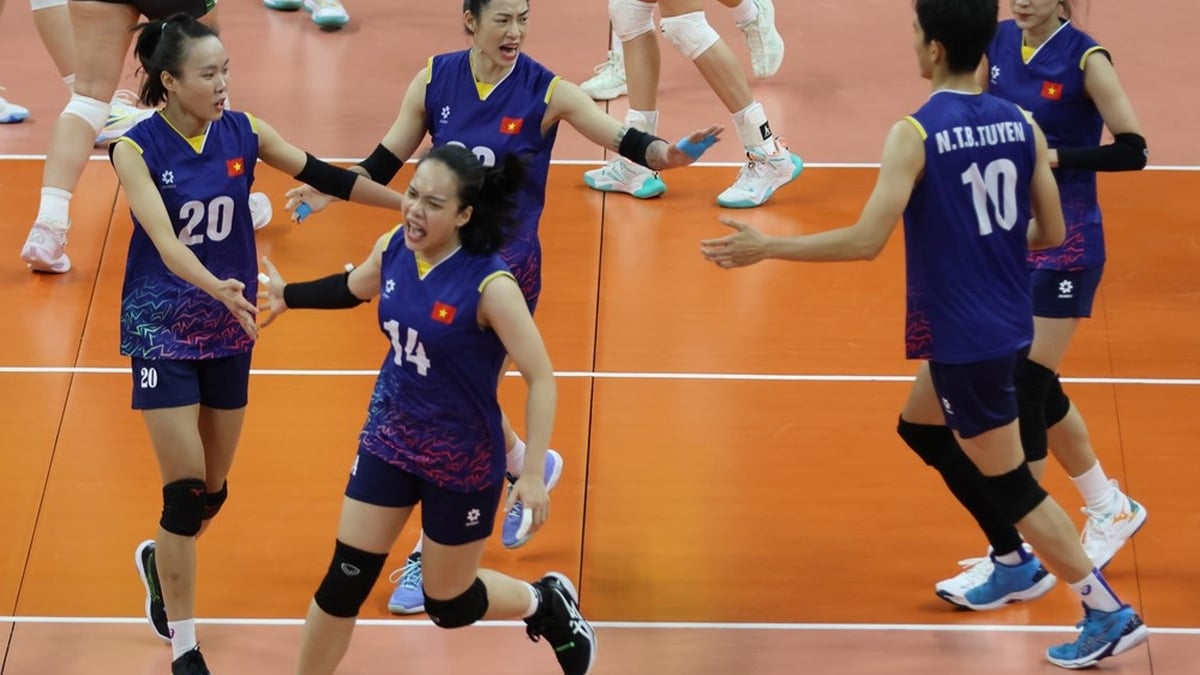

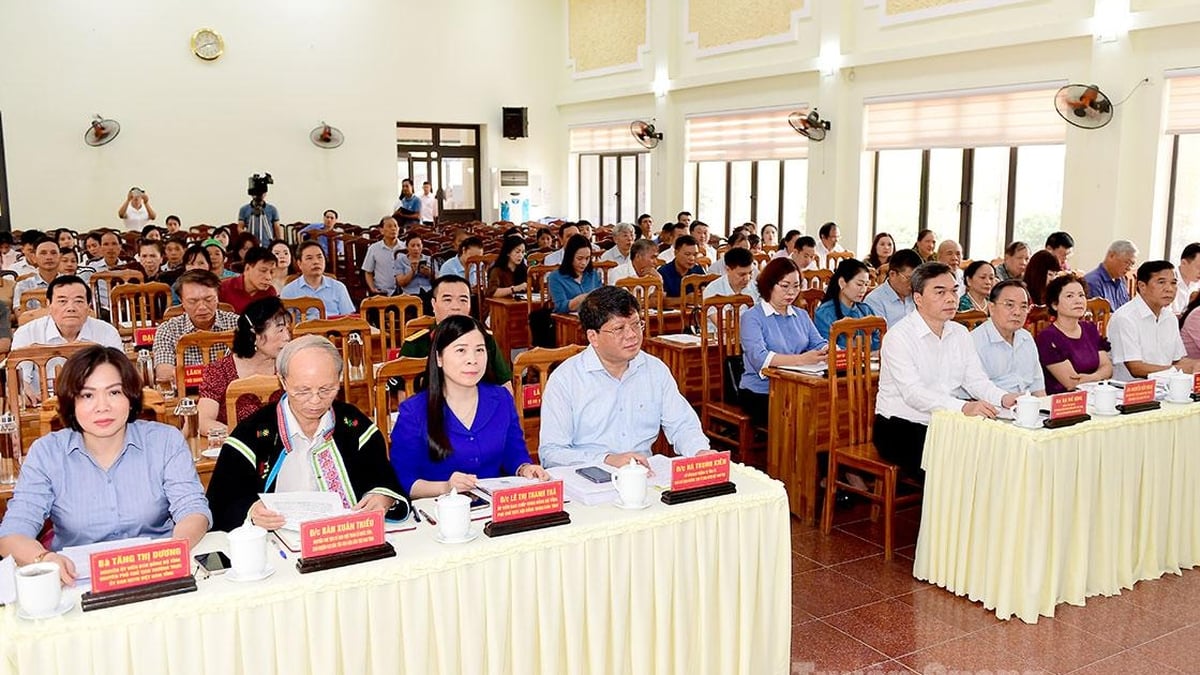














![[Photo] National Assembly Chairman attends the seminar "Building and operating an international financial center and recommendations for Vietnam"](https://vphoto.vietnam.vn/thumb/1200x675/vietnam/resource/IMAGE/2025/7/28/76393436936e457db31ec84433289f72)






















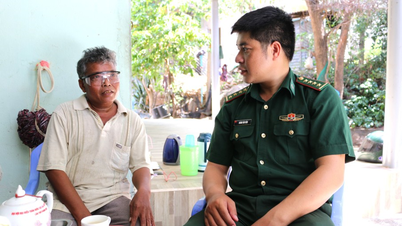
























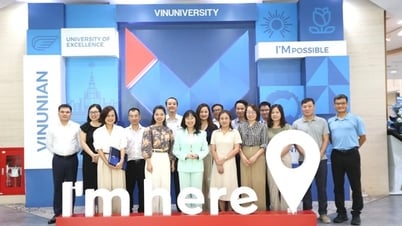
























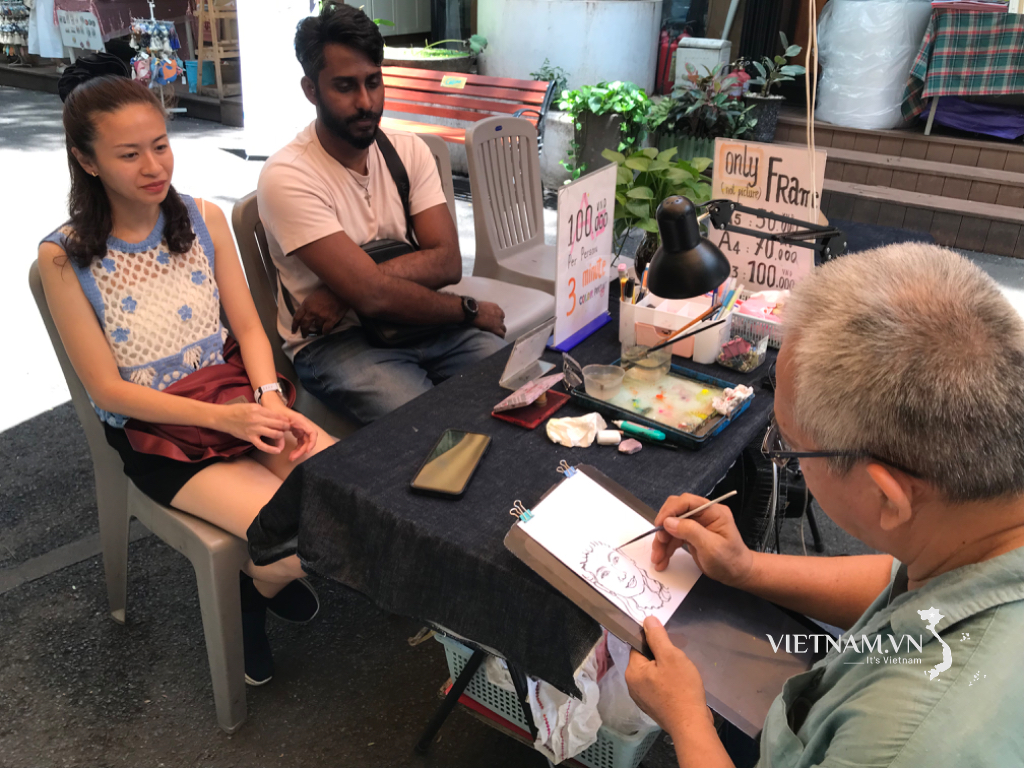
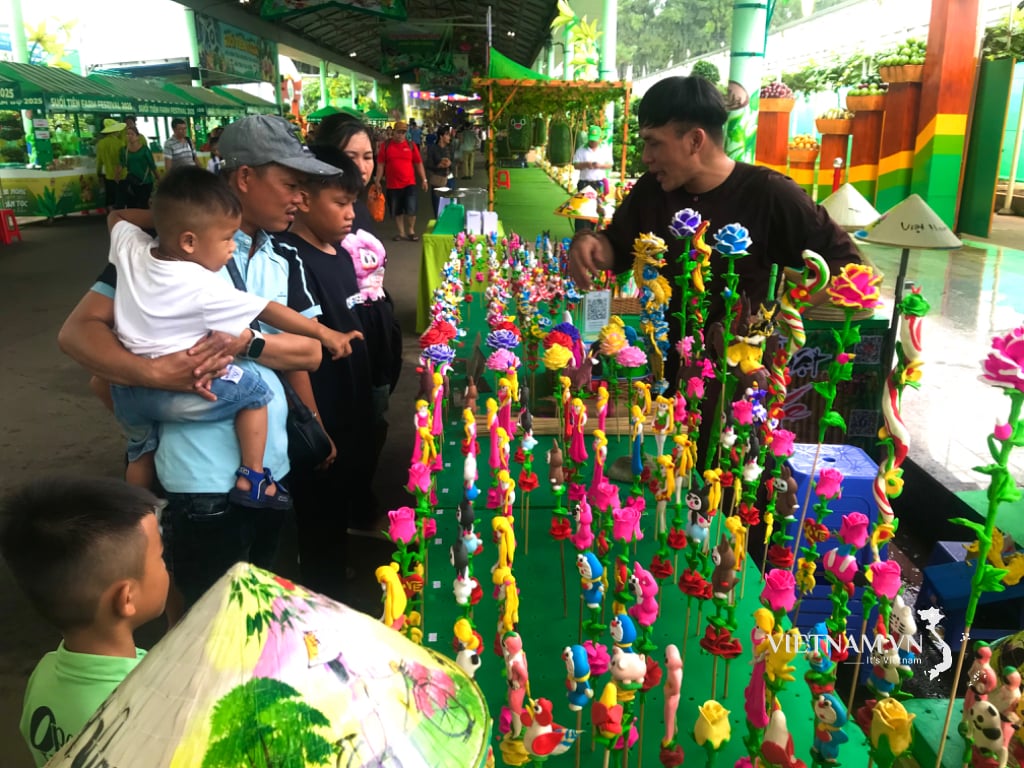
Comment (0)